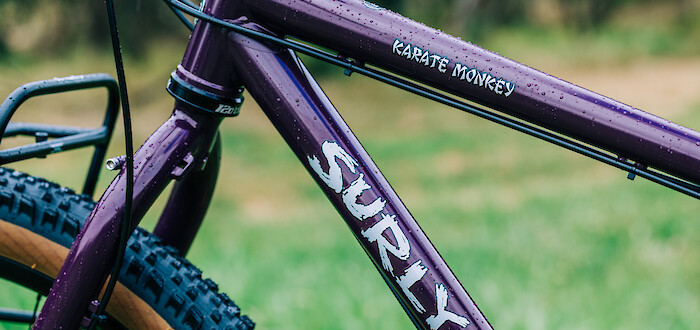Are ceramic bearings worth it?


Is it worth upgrading to ceramic bearings?
Spoiler alert: probably not, but you might be surprised as to why.
Used in engineering, industrial, aeronautical and F1 industries for years, ceramic bearings have recently become a huge buzzword in the cycling world.
Ceramic bearings have several unique properties, such as increased hardness, high temperature tolerance, roundness and lightness, which proponents say make them the ultimate choice when it comes to performance.
However, these unique properties are not always suited to every application, and can sometimes even be a drawback.
So are ceramic bearings actually faster, and better for your bike? Will they transform you into a podium-eating machine? Forget the marketing hype—let’s look at the cold, hard facts.

What is a ceramic bearing?
A bearing is a device which assists with rotation. Most bearings are made from steel but they can also be made out of materials such as ceramic (surprise), brass and plastic.
‘Ceramic bearing’ is a bit of a misnomer, however. While full ceramic bearings (comprising ceramic balls and ceramic races) are available, most ceramic bearings are made up of ceramic balls inside a steel race and are technically known as hybrid ceramic bearings.
Where do you use ceramic bearings on a bike?
Think of anything that turns: hubs, bottom bracket, headset, jockey wheels/rear derailleur pulleys, and dual-suspension mountain bike pivots.
Full ceramic (non-hybrid) bearings are usually used in components such as jockey wheels as they don’t suffer the same kind of impacts or loads that, say, a bottom bracket or pivots do.
Heads-up: this will be relevant later.
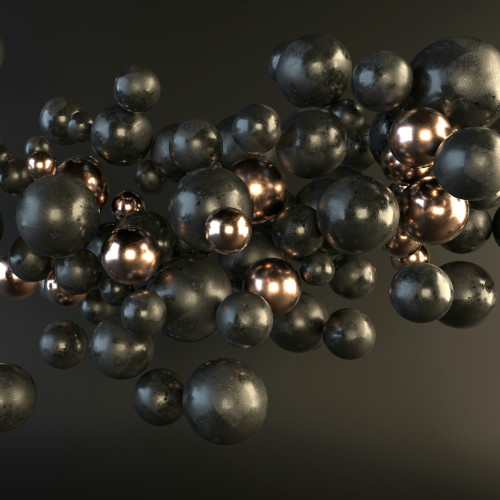
What advantages does a ceramic bearing have?
Let’s look at the positives first.
Ceramic is harder than steel
Ceramic is not only harder than steel, but is also one of the hardest materials on earth.
The extent to which ceramic is harder than steel, however, is a subject of debate.
Many people use the Mohs scale of hardness—where 10 is diamond and 1 is talc—to rate ceramic at 9 MOHs compared to steel’s 4-6 MOHs. Others (usually ceramic manufacturers) say ceramic is three to five times harder than steel. (It’s important to note here that they aren’t necessarily using the Mohs scale for this rating, and we don’t know exactly what grade of steel/steel alloy they’re comparing it to.)
Based on this hardness difference, the ‘ceramic bearings are best’ theory purports that:
- ceramic bearings can handle forces and loads that steel bearings can’t, and
- ceramic bearings will last longer than steel bearings. Indeed, many claim that ceramic bearings “can last up to ten times longer” than regular steel ones.
As we will discover, however, hardness isn’t everything...and can sometimes be a negative.

Ceramic bearings offer lower rolling resistance
Ceramic bearings are made from silicon nitride powder, which is formed into a basic ball shape, then heated, compressed and cooled before being ground down and polished. This polishing process can take around a month. Yes, that’s 30 days of constant polishing to ensure the smoothest possible surface area.
This ultra-smooth surface is the reason manufacturers claim ceramic bearings save you watts, because:
- as the balls in the bearing are all exactly the same size, there’s no unequal loading; and
- the smoother the surface, the lower the rolling resistance.
In a nutshell: rounder, smoother, more uniform balls = less friction = easier to pedal/for wheels to spin.
How much this lower friction makes a difference, however, depends on how well the bearing is made, not to mention the watts study being cited. It’s not always the same in real life due to variations in brands, quality and riding conditions.

Ceramic bearings are lightweight
Generally, ceramic bearings are lighter than steel ones. Again, this is very much down to who’s manufacturing them—some claim that ceramic bearings weigh 50% less than steel bearings, while for others it varies between 30% and 40%.
Ceramic bearings don’t need lubrication
Full ceramic bearings do not need lubrication, unlike metal bearings whose surfaces can micro-weld together. This makes full ceramic bearings very low-maintenance: all you need to do is clean them, though it's important to note that some manufacturers also recommend lubricant to extend their life anyway.
Hybrid bearings need lubrication as well as cleaning.
Ceramic bearings don’t rust
Rust can be a killer for anything bike-related. As ceramic does not corrode in the same way metal does, ceramic bearings are never going to suffer from a rust problem.
That being said, steel bearings are often made from stainless steel, which is less susceptible to rust than regular steel.
While ceramic bearings do have an advantage in the corrosion stakes, it’s not critical unless you’re using them in wet and/or chemical environments. (And by ‘wet environments’, we mean industrial, not wet-weather riding. Rain brings dirt and road grime. Grime interferes with the clean environment a ceramic bearing needs to run its best, especially if you slack on your maintenance.)
Ceramic bearings are non-magnetic and non-conductive
While it’s true that ceramic bearings aren’t magnetic and can’t conduct electricity, this also isn’t really a deal-breaker for cyclists. If you’re riding in a lightning storm, you’ve probably got bigger problems than worrying that your pivot bearings are going to kill you.

Ceramic bearings are better at handling extreme temperatures
Ceramic bearings don’t thermally expand (e.g. get bigger when heated) to the same capacity that steel bearings do. They also don’t generate as much heat at high speed.
This is one reason why ceramic bearings have a long history in areas such as space technology, where you’re dealing with extremely high rotational spin (RPM), unstable environments, and very strict guidelines on material weight and tolerances.
On the flip side, while ceramic is great at handling high-temperate environments, it’s very sensitive to thermal shock, and can potentially crack or fracture under rapid heating or cooling.
Like rust and electrical conductivity, though, the idea of heat expansion being an issue for the average bike rider is negligible. Selling it as a benefit doesn't really hold up in the real world.

OK, so it's true that ceramic bearings are lighter, rust-proof, and super-hard. Sounds good so far. Let's dive into the down-side.
What disadvantages does a ceramic bearing have?
Ceramic is much more brittle than steel
Ceramic may be stiffer than steel but the trade-off is that it’s also more brittle and breaks far more easily.
Some manufacturers frame this stiffness as a positive: a bearing that’s stiffer has more resistance to exterior forces, and will deflect less under load. What they don’t tell you is that this stiffness means ceramic is more sensitive to physical shock than steel is. An impact that won’t necessarily crack a steel bearing can crack a ceramic one.
Ceramic bearings have a much lower elasticity than steel
Another side-effect of ceramic’s hardness is its resulting lack of elasticity. This is fine for industry applications requiring high-speed rotation, because you don’t want any deformation under load or stress, but for a bicycle bearing, elasticity is an advantage: it means the material can flex under impact and then return to its former shape. A bearing with elasticity can also handle misalignment or poor tolerances better, and we see a lot of these when it comes to bicycles. Let’s face it; they’re not made to the same spec as a space shuttle engine.
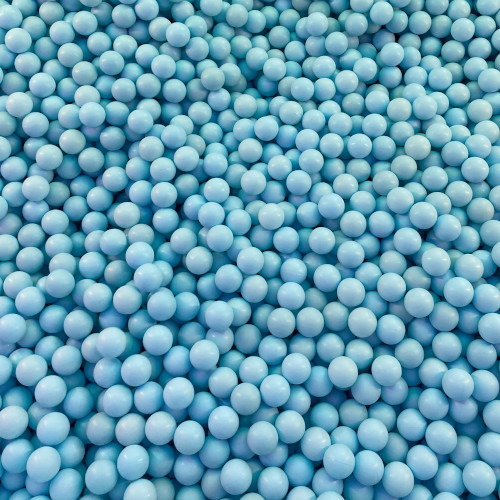
Ceramic’s low elasticity is also the primary reason most ceramic bearings don’t use ceramic races; the risk of breakage through twisting loads, inaccurate installation or incorrect tolerances is much higher. In particular, using ceramic bearings in MTB pivots, which are continually subjected to twisting loads, impacts, and minimal rotation, is asking for trouble.
But it’s not just ceramic races that can suffer: ceramic’s hardness can also be a problem in hybrid bearings. As steel is softer, ceramic balls are much more likely to damage steel races under load or impact. Once this occurs, the efficiency of the bearing goes out the window.
The ideal bearing has all three components—outer race, inner race and balls—of the same hardness. (And, ideally, installed in an environment where the seats and tolerances are nanometre-perfect. But we can’t all get what we wish for.)
Together, ceramic’s brittleness and hardness combine to create one of the biggest overall drawbacks to ceramic bearings: their load capacity.
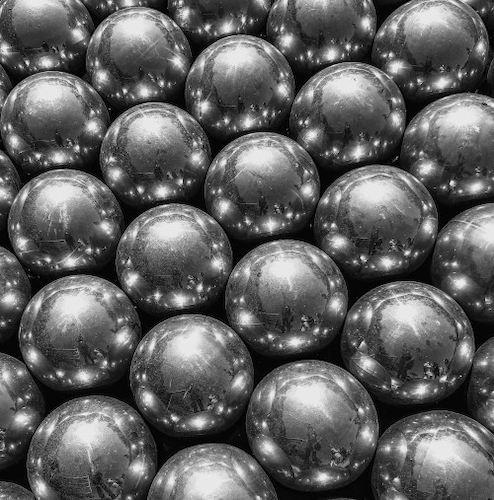
Ceramic bearings have a lower load capacity than steel
If you want an excellent example of marketing spin, here it is. Ceramic bearing manufacturers assert that because ceramic is harder and stiffer than steel, it can take greater loads and is therefore better in terms of durability and performance. Considering ceramic’s brittleness and lack of elasticity, this assertion is simply wrong: ceramic has far less ability to withstand load than steel, and is far more likely to chip, crack or break.
Consider what your bottom bracket bearings go through. How often are you climbing out of the saddle? How often are you cranking hard on your pedals? How many times do you hit a rut, a rock, or a pothole?
Every impact puts your bearings under load and increases the risk of breakage.
Ceramic bearings cost more than steel bearings
Here’s the other major drawback of ceramic bearings: the expense.
Ceramic bearing kits usually start at around $400-500, and some sets can set you back an eye-watering $1000.

Why are ceramic bearings so expensive?
Ceramic bearings are much more complicated to manufacture than metal ones.
The initial compression of the silicon nitride powder takes around 24 hours. The balls then have to undergo a cooling and pressure-release process so they don’t shatter or become brittle. Add in a month’s worth of grinding and polishing and you can see pretty clearly why the manufacturing costs are higher.
Some companies also assemble their ceramic bearings by hand, adding to the expense.
As the market for ceramic bearings has grown, a rash of imitators has naturally emerged, making cheaper ceramic bearings for those who don’t want to pay full price. These cheaper bearings usually use crappy materials and are badly designed and badly assembled. Unsurprisingly, they have a high failure rate, leading to even more money wasted.
If you’re considering a cheap ceramic bearing, remember that a good quality steel bearing will always outperform a crappy ceramic one.
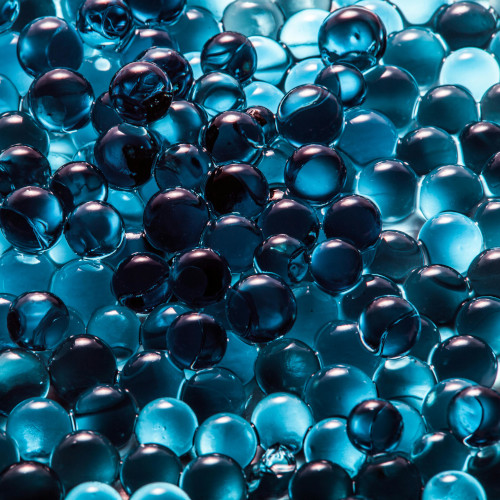
Ceramic bearings aren’t maintenance-free
Like most bike-related things, ceramic bearings still need maintenance. Some riders assume that you pop a ceramic bearing in and never think about it again (just like chain wax!), but that’s not true.
Most ceramic bearing manufacturers use light seals and grease to ensure the lowest friction possible; because of this, the bearings are contaminated more easily, which means more frequent servicing.
As mentioned before, full ceramic bearings don’t need lubrication, but they do still need to be cleaned.
To be fair, regular maintenance shouldn’t be considered as a disadvantage, rather just something to be aware of.
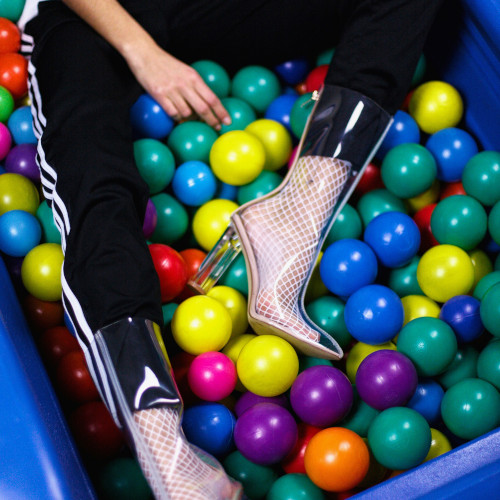
Will you actually notice the wattage/weight saving of a ceramic bearing?
One thing that you rarely hear about in ceramic bearing circles is this: the main source of friction in a bearing is not the ball material. *shocked Pikachu face*
Roughly half of the friction comes from the bearing’s seals, which affect not only how easily the bearing spins but also how well dirt/crud is kept out. Of the remaining friction, about a quarter is due to the lubricant used and the quantity of that lubricant. The remaining percent primarily comes down to the bearing cage. Overall, a surprisingly tiny percentage is related to the actual ball bearings.
You also have to consider the speed at which a ceramic bearing has to turn in order to benefit from its heat/non-corrosive/hardness properties. Ceramic bearings are ideal in an industrial setting where they’re going to be spinning at 20,000 RPM (in conjunction with a highly accurate and supportive bearing seat). On a bicycle, however, they're considered a 'low speed application'; even a pro rider will struggle to get a hub bearing to reach 750 RPM. Most of the touted advantages simply don’t apply at this low a cadence.
It’s actually very similar to the argument for/against aero products, where their benefits only kick in when you hit 48kms per hour… which most of us don’t.

With that said, ceramic bearing proponents assert that ceramic bearings roll more smoothly—creating less friction and less resistance—than metal. Some companies claim that by using ceramic bearings, a cyclist can save "up to 9 watts". (Notice how often phrases like 'up to' and 'almost' are used in these situations, and how infrequently the actual imperical data/conditions to achieve those watt savings are given.)
While the saving of watts is important ("every watt is saaacred, every watt is great.."), this kind of data is usually drawn from skewed testing environments or wind tunnels, rather than out in the real world in regular riding conditions or by independent testing facilities. (Fun fact: when it comes to testing, you can make anything as fast as you like if you play with the parameters until they give you the results you want.)
Furthermore—you knew there was another 'however' coming, right?—assuming your average cyclist has managed to save these watts, is this saving enough to help them win their local race? Probably not, and you can basically clean your drivetrain to get the same advantage.
OK, then what about the weight savings?
Let’s take an average of the claimed weight differences and say that ceramic is 30% lighter than steel. In practical terms (which we tested in the workshop), this means that swapping steel bearings for full ceramic ones on a bottom bracket will save you a grand total of…..
…. 10 to 12 grams.
*slow clap*

Conclusion: Are steel or ceramic bearings better?
While ceramic bearings do run with less friction, don't corrode, and cope with high heat better than steel, these advantages are primarily beneficial in industrial applications (e.g. things rotating at a blur). At the speed bearings turn on a bicycle, it’s debatable whether you’ll notice a difference.
Even without the technical aspects, for us the bigger issue is the expense and marketing hype. If you’re a professional rider, then the small advantage that ceramic bearings could give you is potentially worth the extra cost – it could be the difference between finishing on the podium or not. (However, note that many pro teams don’t actually use ceramic bearings, especially if they have to pay for them.)
Additionally, ceramic bearings are nearly always an after-market purchase, rather than a stock item: most wheel and bike companies don’t use them either. That’s got to tell you something, even if it’s just that the cost/benefit trade-off isn't worth it for the average customer.

Look, if you’re a GC contender for a Grand Tour, go for it. (Though if you actually are a GC contender, why are you even reading this? You already get given all your bike stuff for free.)
If you’re not a GC contender but have so much money that you have to kick it out of the way when you get up in the morning, sure, give ceramic bearings a whirl.
For the rest of us, however, the touted advantages simply do not outweigh the expense.
If you really, truly want to get faster, here's how:
- clean your bike,
- hire a training coach,
- get a good, aerodynamic bike fit, and
- work on your flexibility so you can use the aero position properly.
These things will lower your aerodynamic drag and save you watts far more easily, not to mention cheaply.
And while you’re riding along, your hard-earned cash still tucked in your wallet, marvel at how some companies can make millions based primarily off excellent marketing.
After all, you may be a machine on the bike, but you’re not rotating at 20,000RPM.
Bottom bracket, brakes or bearings (even ceramic ones ;-p) misbehaving? That we can help with.
Here, watch some bearings explode

